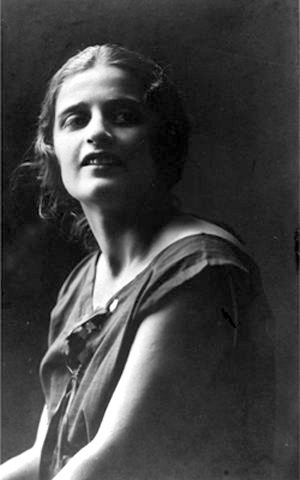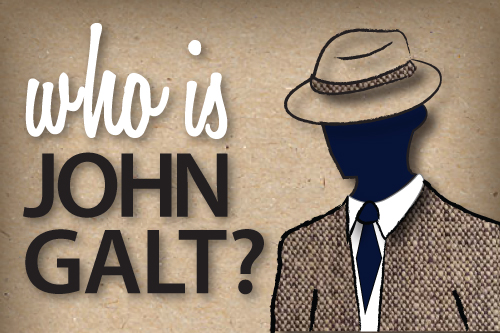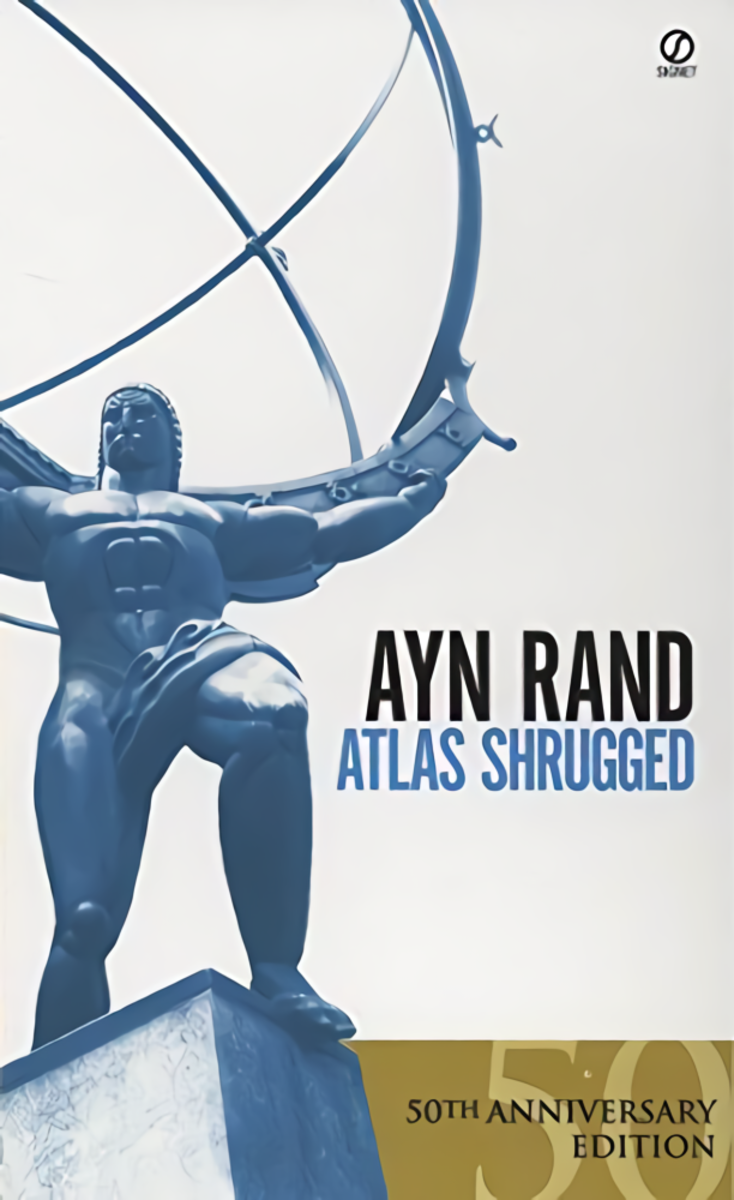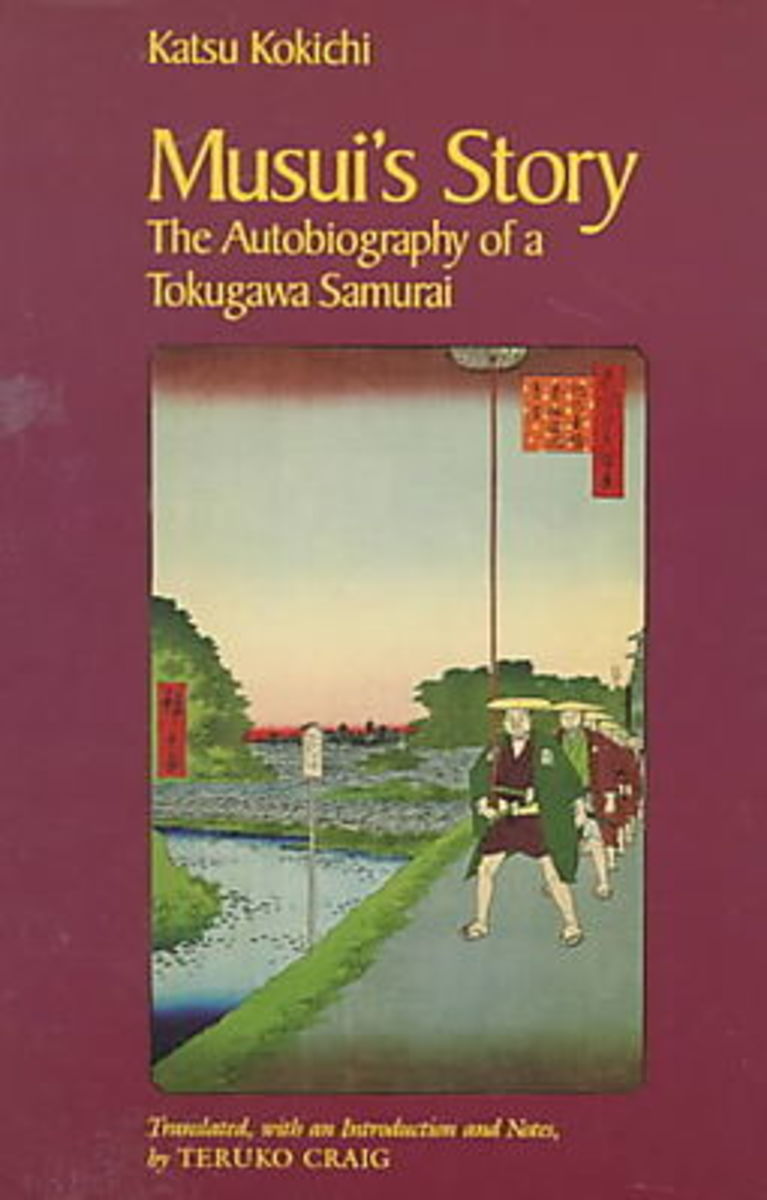Atlas Shrugged: The Book That Spawned a Cult

In 1957 Bennett Cerf, the co-founder of the publishing firm Random House, had a huge dilemma on his hands.
Swayed by the success of The Fountainhead (1943), the previous novel by author Ayn Rand, Cerf had agreed in principle to publish the epic length novel Atlas Shrugged. But the overwhelming length of the work, over 1200 pages in small print, troubled Cerf. As a compromise, Cerf suggested cutting a long speech by the hero John Galt—a radio address which preempted a speech by the President of the United States, no less. The speech, surely the longest in history whether real or imaginary, ran over 70 pages.
The offended author refused, telling Cerf it was like asking someone to cut the Bible. Cerf then masterminded one of the great compromises in history between ego and common sense. He agreed to print the entirely of Galt’s speech on condition that Rand give up 7 cents per copy in royalties in order to pay for the extra paper the speech would require.
Rand consented to this, and earned favorable attention for the speech. More an expression of philosophy than a novelistic event, the dissertation elucidated the tenets of objectivism and ultimately helped win for Rand the cult status of a free-market philosopher. She never wrote another work of fiction.

She had known poverty, revolution and an authoritarian regime in her childhood. Born Alisa Zenov’yevna Rosenbaum in 1905, Rand had been displaced from her native St. Petersburg by the Russian Revolution of 1917, after which her family fled to Crimea. She returned to St. Petersburg (then renamed Petrograd) for university study and left Russia permanently after securing a visa to visit her family in New York in 1926. She struggled as a screenwriter in Hollywood and in what was ostensibly a marriage of convenience (though it lasted till his death 50 years later) wed actor Frank O’Connor as her visa was set to expire in 1929.
Summary
Atlas Shrugged is a novel about what might have happened in the America of the 1940’s and 50’s if all the people of talent and initiative went on strike and withdrew their talents from society. Ayn Rand’s working title for her story was “The Strike”. The main purpose of her 1200-plus page tome seems to be to promote her philosophy of objectivism, which can be simplified as follows:
1.The self is the only thing any human being should live for.
2. Altruism is a great evil because it requires talented people to sacrifice their talent and abilities for the sake of others who will abuse them and stifle the freedom of able-minded people to continue exercising their genius.
3. Socialism and all other forms of collectivism are methods by which those who have little talent and initiative punish and exact revenge on those who have a lot of it.
It seems a straightforward enough philosophy, but Rand devotes more than 600,000 words to fleshing it out. She spins a tale about a wealthy railroad heiress, Dagny Taggart, and a succession of her lovers, Francisco d’Anconia, Hank Rearden and, ultimately, John Galt. Along the way Dagny begins to notice various inventors and business magnates who mysteriously disappear from society without warning, usually as a result of governmental intervention in their capitalistic activities.
D’Anconia, the copper magnate, is a mysterious, shadowy character, at first portrayed as a freewheeling spoiled rich playboy, later described as a childhood acquaintance with whom Dagny had a torrid affair in her teens. Rearden is the inventor of a steel alloy which revolutionizes industry, and he engages in a passionate extramarital affair with Dagny behind his wife’s back. John Galt is a factory worker who invents a miraculous motor which runs on a new energy source, but is repulsed by the factory owners who want to collectivize the benefits of the motor. In protest, Galt withdraws from the world, organizes a colony of alienated geniuses in Colorado which eventually includes D’Anconia and Rearden, and, after prolonged resistance, eventually becomes Dagny’s lover and woos her into joining him in his colony.
Once civilization crumbles in the absence of the alienated geniuses, Galt leads them all back out of seclusion to save the world in the final chapter.

Assessment
The melodramatic ending of Atlas Shrugged is a new wrinkle on the old contrivance of knights in white horses emerging from the woods to save their damsels fair.
The melodrama is provocative and, in light of what has preceded it, fitting. But one finds it hard to take Rand's beliefs at face value. Does anyone believe that the complete absence of collective intervention would produce public works like roads, electrical utilities and common currency? In Rand’s universe, unfettered capitalism solves every problem, puts a chicken in every pot, a bloom on every rose and a smile on every face. In reality, unfettered capitalism is no more American than monarchy. The authors of the American constitution, fondly remembered by Rand, no more wanted a society of unregulated capitalists than they wanted a society of unregulated kings. That is, if such capitalists and such kings aren’t one and the same.
For who believes that the noble-hearted Galt and his acolytes, given the absolute unlimited freedom they demand, wouldn’t quickly degenerate into egotistical tyrants? Lord Acton’s epigram is worth noting. Absolute power corrupts absolutely. And while Galt, Rearden, Dagny and the rest might rescue the society of their own era through their magical selfishness, history indicates that their successors would grow increasingly inebriated with their limitless hegemony and would abuse it. Tales of CEO’s run amok—robbing pension funds, manipulating stocks, throwing mega-million-dollar shindigs while kicking their employees to the street and hiring replacements in Asian sweatshops—are all too familiar in our day if not in Rand’s.

Atheism is an essential part of the fabric of Rand’s philosophy. Rand was an atheist for the same reason everyone who claims to be an atheist is one. There are no unique arguments for atheism. The same mindset which creates atheism today created it five thousand years ago. An atheist is someone who (a) can't reconcile the existence of a creator with the seemingly random acts of suffering, violence or cruelty in the world; (b) has adopted a completely rational philosophy which rejects all supernatural phenomenon as being unprovable; or (c) believes that any aspiring toward an unknowable creative force or afterlife cheapens the value of the current life and current world. Whether individually or in some combination, all of the above convictions are the cornerstones to atheism.
An atheist can't prove God doesn't exist. No one can prove a negative, as Rand herself used to say in televised interviews with such people as Mike Wallace and Phil Donahue. It's impossible. One can only prove that which is, rather than that which is not. However, by the same token, one can't prove that God does exist, either. That is why Rand and other atheists have been able to hold true to their faith. She didn't have to prove her position to someone like Donahue, but he had to prove his to someone of her mindset. And he couldn’t. No one has ever been able to prove, in the scientific sense, the existence of godhead.
© 2015 James Crawford






